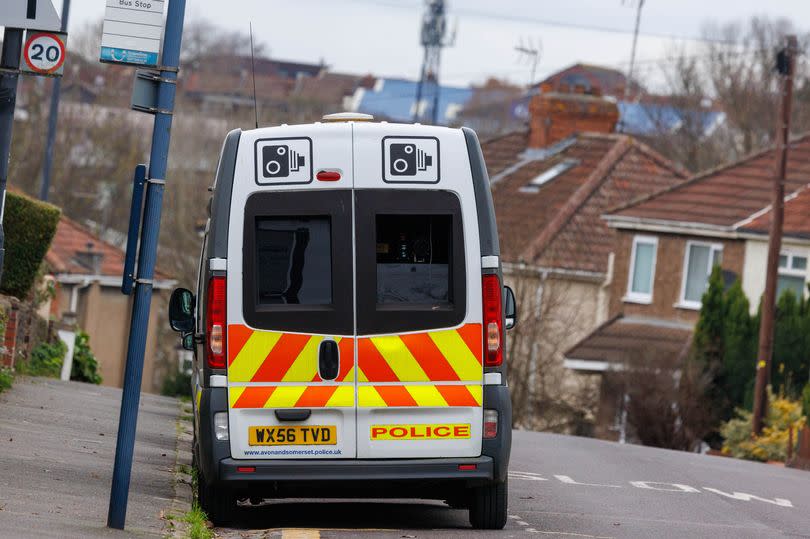Drivers make cars 'invisible' to speed and bus lane cameras

Drivers are making themselves invisible to speed cameras by installing special number plates, officials have said. Police and council officials are trying to crack down on the practice which involves ‘ghost plates’ being fitted to cars.
The special reflective number plates cannot be read by speed and bus lane cameras and are illegal. Also known as 3D and 4D plates, police are now equipping themselves with special cameras to detect people flouting the law.
Last year man in charge of the nation’s Automatic Number Plate Recognition system technology spoke about one in 15 drivers ‘gaming’ the system which he described as ‘staggeringly simple’ and easy to fool. Professor Fraser Sampson wrote to Transport Secretary Mark Harper as he left his role as Biometrics and Surveillance Camera Commissioner complaining that nothing was being done to sort the problem out.
Now councils are getting access to new cameras which can ‘see’ the plates Council wardens in Wolverhampton are among those who have been handed the cameras as part of the crackdown. Anyone caught using the illegal plates has been warned they face a £100 fine.
Councillor Craig Collingswood, cabinet member for environment and climate change at Wolverhampton City Council, told BirminghamLive: “Wolverhampton is leading the way as the first council investing in this state-of-the-art technology to deter and detect offenders.
“Bus lanes are essential for the public transport network to operate efficiently and speed cameras help to keep the public safe from speeding vehicles and reduce the likelihood of a crash. All motorists can expect to pay a fine if found to be using these illegal methods to avoid cameras and taxi drivers licensed by Wolverhampton may have their licence suspended or revoked.”
In his letter to Mark Harper, Prof Sampson explained that by simply cloning number plates, applying reflective tape, and buying ‘stealth plates’ people were able to avoid paying for speeding or entering low-emission zones.
He said there was also only 97 per cent accuracy of reading number plates - which means a staggering 2.4 million wrong number plates being flagged each day and innocent drivers getting fined. He said that statistics shows approximately 15,400 traffic lanes being covered by cameras which submit between 75 and 80 million reads daily on a regular basis, and occasionally over 80 million. Prof Sampson added that it could reach 100m reads each day by the end of 2024.
Prof Sampson said: “For all its technological advancement and operational indispensability, the ANPR system still relies ultimately on a piece of plastic affixed to either end of a vehicle. Served by a wholly unregulated market, what my predecessor termed the humble number plate represents a single and readily assailable point of failure with the ANPR network being easily defeated by the manufacture and sale of stealth plates, cloned registration marks and other rudimentary obscurant tactics.
“The result is that the ability to frustrate the ANPR system remains staggeringly simple at a time when proper reliance on it for key public services such as policing, law enforcement and traffic management is increasing daily. Emission zones and other strategic traffic enforcement schemes put motorists in situations where they have to make significant financial choices and it is at least arguable that the incentives for some to ‘game’ the ANPR systems have never been greater.
“Merely by applying reflective tape to distort part of a registration plate or purchasing stealth plates from online vendors, motorists can confuse and confound current number plate recognition technology and both of these are easily obtainable. One recent estimate suggested that one in fifteen drivers may already be using anti-ANPR technology; it is reasonable to expect this conduct to increase as the reliance on ANPR for new traffic management schemes continues.”

 Yahoo Sport
Yahoo Sport 






































